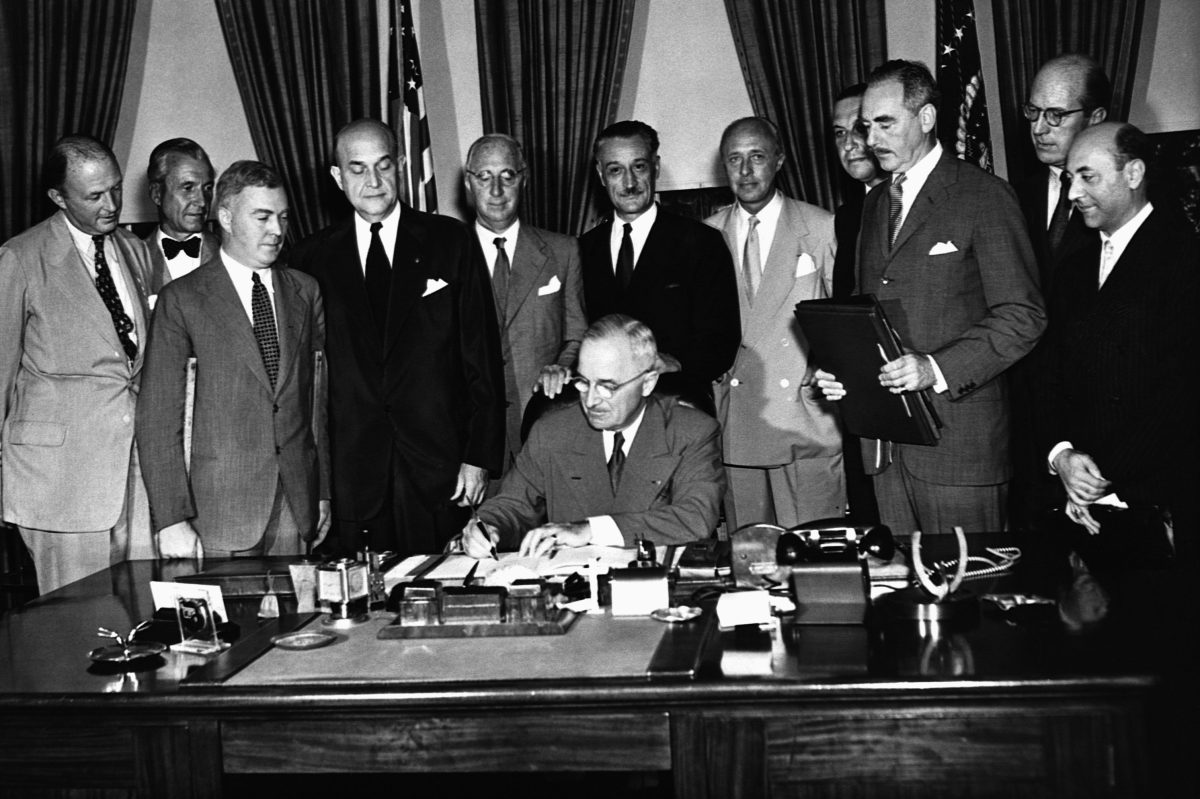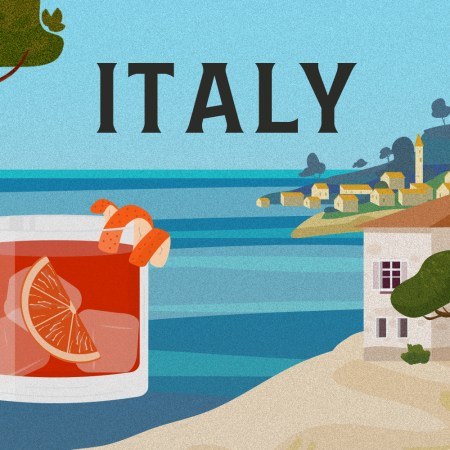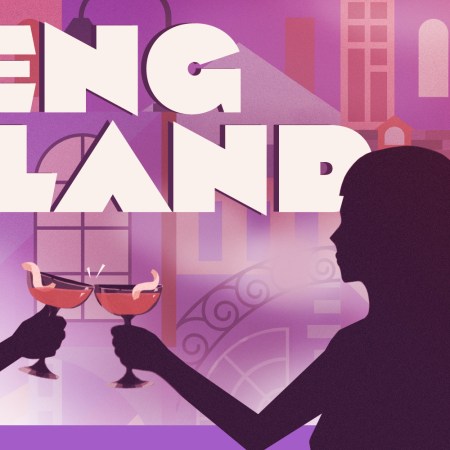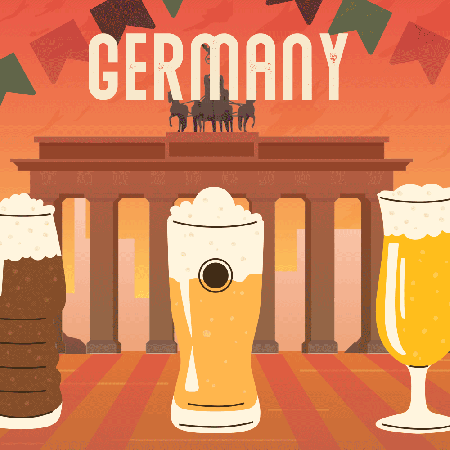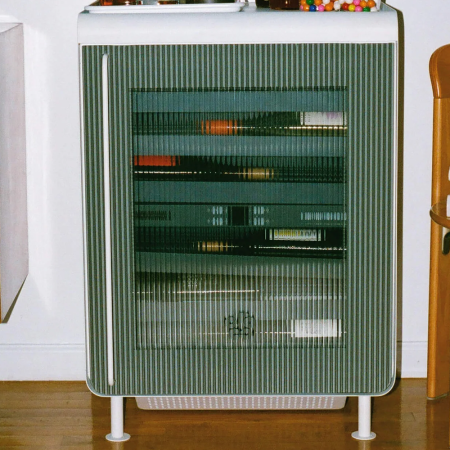“The Parties to this Treaty reaffirm their faith in the purposes and principles of the Charter of the United Nations and their desire to live in peace with all peoples and all governments … They seek to promote stability and well-being in the North Atlantic area. They are resolved to unite their efforts for collective defence and for the preservation of peace and security. They therefore agree to this North Atlantic Treaty.”—Introduction to the North Atlantic Treaty
The North Atlantic Treaty Organization (NATO) reaching 70 is all the more remarkable because alliances typically aren’t built to last. Take the Triple Alliance. When World War I broke out, Germany and Austria-Hungary expected Italy to be right with them. Italy had a different plan. Initially neutral, they finally got into gear but on the other side, joining Britain, France, and Russia.
Then when World War II rolled around, Italy’s allegiance reversed again, as they joined the Axis.
Founded on April 4, 1949, each of NATO’s 12 original members remain onboard seven decades later. NATO even enjoyed a genuine “Mission Accomplished!” moment. Created to resist the U.S.S.R.’s expansion, they watched as the Soviet Union collapsed. Some former Soviet satellite states are now members, with Ukraine also wanting to join its current collection of 29 countries.
Not everyone is a fan. Russian President Vladimir Putin openly roots against it, telling Megyn Kelly in a 2017 interview that Russia would benefit if NATO were “falling apart.” He added, “But we don’t see that falling apart just yet.” For the first time, however, one of its leading critics is a U.S. President. Donald Trump has publicly lectured the group and even reportedly considered withdrawing the U.S. from NATO completely.
As NATO celebrates 70, here’s how it got here, and how many more birthdays may lie ahead.
One War Ends as Another Begins
Prior to World War II, the United States experienced a period of isolationism. At the time, this seemed reasonable in many ways—we had experienced the brutality of WWI and then been staggered by the Great Depression. After WWII, however, we elected to stay connected. Which was great for a continent in desperate need of a helping hand.
“Postwar Europe was a complete mess economically and politically, with displaced people everywhere,” Chuck Thompson, author of The 25 Best World War II Sites: European Theater and The 25 Best World War II Sites: Pacific Theater, told RealClearLife. Thus the Marshall Plan came to be. Vital to rebuilding Western Europe, it was originally intended to have an even wider impact. “When the Marshall Plan was being proposed, the Russians were actively invited,” Thompson said. They not only rejected the offer, but sent what Thompson termed increasingly “aggressive” signs the coalition that bested Hitler had officially splintered. The Soviet Union, of course, had overrun Eastern Europe during their march into Germany. In 1947, Joseph Stalin created COMINFORM—his alliance of Communist countries. 1948 brought the Soviet blockade of West Berlin. With supplies shut off, the U.S. was forced to begin the Berlin airlift on June 26, a relief effort that lasted nearly a year.
On April 4, 1949, NATO emerged. The first time the U.S. was a member of a peacetime military alliance, we joined Belgium, Canada, Denmark, France, Great Britain, Iceland, Italy, Luxembourg, the Netherlands, Norway, and Portugal to signal there would be a limit to the Soviet Union’s growing “buffer zone.” NATO embraced a Three Musketeers outlook: One for all and all for one. Thus an “armed attack against one or more of them” would be treated as “an attack against them all.” President Harry S. Truman praised the organization as “a shield against aggression,” expanding on his assertions that it was necessary for American security to stand up to the Soviet Union.
NATO steadily grew, reaching today’s total of 29 members. The original dozen have been joined by:
-Greece and Turkey in 1952
-West Germany in 1955 (Germany reunited in 1990)
-Spain in 1982
-The Czech Republic, Hungary, and Poland in 1999
-Bulgaria, Estonia, Latvia, Lithuania, Romania, Slovakia, and Slovenia in 2004
-Albania and Croatia in 2009
-Montenegro in 2017
The Soviet Union itself went dark on December 25, 1991. It would prove only a temporary break in the tension.
Putin’s Provocations
In 2000, Vladimir Putin became the president of Russia. He has ruled the country ever since, either through the presidency or as prime minister. It’s generally accepted that Putin wants to restore Russia to its status at the peak of the Soviet Union. This isn’t just a theoretical goal—witness the invasion and subsequent annexation of Crimea in 2014. Putin has cited NATO as making the invasion of Crimea a necessity: “Our decision on Crimea was partly due to … considerations that if we do nothing, then at some point, guided by the same principles, NATO will drag Ukraine in and they will say: ‘It doesn’t have anything to do with you.’” Putin says NATO in general worries him because of the “infrastructure of a military bloc” that is “moving toward our borders.”
Putin often puts NATO members in decidedly uncomfortable positions. The British government has declared he is responsible for poisoning two people with a military grade nerve agent while they were on English soil. That pair ultimately survived, but the plot wound up killing a British woman. It could have been far worse—up to 500 people may have been exposed to the nerve agent.
NATO, in turn, has hit Russia with economic sanctions.
So far this seems like a resumption of the Cold War, only there’s a decided wild card currently at work.
Turning Away from the Traditional
Donald Trump is the first person to reach the American presidency with no military or political experience. His views have greatly evolved as well. The New York City Board of Elections notes he has changed his political affiliation five times in the last 20 years: He has been a Democrat, a member of the Independence Party, had no affiliation at all, and twice quit the Republican Party before returning to it ahead of his presidential run. Indeed, barely a decade ago he praised his future election opponent Hillary Clinton both on the radio and on camera—in 2008 he outright declared she would make a “good President.”
This is all to say that Trump took the international stage as a uniquely unknown and unpredictable quantity. He promptly set out to be a dealmaker, determined to convince NATO allies to pony up more money. He announced in 2017: “NATO members must finally contribute their fair share and meet their financial obligations. This is not fair to the people and taxpayers of the United States. And many of these nations owe massive amounts of money from past years and not paying in those past years.” Reports alleged he presented German Chancellor Angela Merkel with an invoice for over $300 billion. This has since been denied by both the U.S. and German governments.
Trump’s crusade was an unexpected one, with limited advance groundwork. Until 2014, NATO members were under no specific obligations for military spending. Under President Barack Obama, it was established there is a goal that, by 2024, NATO members will spend at least 2 percent of their GDP on defense. (It should be noted that this money will be spent on their own defenses—not contributed to the U.S.) If there is a rise in NATO members’ defense spending, this could potentially reduce American military spending in Europe. It’s also possible NATO members will buy more American weapons.
Any benefits to American taxpayers are still largely theoretical, however. In the most recent budget, U.S military spending increased by $82 billion. While the spending of some NATO members has grown, most have yet to reach that NATO standard. (Again, they are under no obligation to do so for another five years.) Throw in Trump’s occasional announcements that NATO was “obsolete” and it’s unsurprising there have been strained relations with many members of NATO, notably Germany’s Merkel. Even Trump’s onetime “bromance” with French President Emmanuel Macron has often devolved into the men tweeting insults at each other.
Of course, Trump has had surprisingly warm relations with one leader who is decidedly not a NATO member: Vladimir Putin.
The New York Times report in January that Trump expressed an interest in withdrawing from NATO seems consistent with his willingness to make America go it alone. Trump has directed the U.S. to withdraw from the Iran nuclear deal and the Paris climate change agreement. The U.S. wasn’t the only nation moving in the direction of greater independence—the U.K. passed Brexit to leave the European Union in 2016.
NATO suddenly seemed surprisingly vulnerable. Yet it appears to be moving on to a more stable footing.
Something Lost in Translation
During the 2016 campaign, Trump showed an interest in better relations with Russia and Putin in particular. He mentioned several times that Putin “called me a genius,” suggesting Putin was equally intrigued by the connection. Trump’s statement seems to be based on a misunderstanding. Putin used the word “yarkii.” It means “brilliant,” but in the sense of “colorful.” (When RCL asked an American whose parents immigrated from Russia for his translation, he picked “flamboyant,” adding Americans sometimes give this word a negative connotation, but Russians don’t.)
Whatever Trump’s personal relationship with Putin, our nations are no closer. In 2017, Congress overwhelming voted for sanctions against Russia for meddling in America’s 2016 election: 419-3 in the House and 98-2 in the Senate. Trump has generally resisted new sanctions against Russia. Faced with veto-proof majorities, he nonetheless signed this into law. Putin continues to take actions that antagonize the United States, recently by providing Russian support for Venezuelan President Nicolás Maduro even as the U.S. desperately tries to drive him from office.
In general, Putin’s efforts to undermine NATO have been so aggressive as to highlight the importance of the alliance, leading London’s The Times to run an article titled: “Nato should thank its lucky stars for Putin.”
Beholding the Botch That Is Brexit
It is now nearly three years since the United Kingdom unexpectedly backed Brexit, triggering the resignation in disgrace of Prime Minister David Cameron. It is still to be determined what “Brexit” actually means. This uncertainty has been terrifying for much of the British public. After all, their economy has (to quote Seinfeld) experienced shrinkage, declining to zero growth and then getting smaller. It’s possible there will soon be massive disruptions to trade and travel, leaving a nation deeply disillusioned with their government.
Sometimes the best way to strengthen your marriage is watching a newly single pal get humiliated by the dating world. There are NATO members who don’t get along—Germany and Turkey in particular have a complex, often heated relationship. Yet to date, at least, Brexit has been so disastrous that for the foreseeable future it killed the movements to leave the EU in other nations, notably in France and Italy.
Even Trump has been more publicly supportive of NATO. In 2017, he made a point of rescinding one of his earlier criticisms, announcing NATO was “no longer obsolete.” Earlier in 2019, he suggested expanding it to include Brazil. (Just on geographic grounds, this would be an unexpected addition for an organization centered on the North Atlantic.)
Yet NATO should be a little nervous. Because they have to figure out how to handle a nation that doesn’t besiege so much as seduce.
The China Challenge
For most of the decades since World War II, Europe has seen a struggle between the U.S. and the Soviet Union/Russia, with the rest of the continent caught up to varying degrees. Now along comes China. Unlike Russia, China isn’t openly aggressive. Unlike the United States, China isn’t demanding money. In fact, they happily dole it out.
Despite an attempt by the U.S. to block the deal, Italy signed on to China’s One Belt, One Road, a massive global infrastructure project. (They have reached out to other parts of the world including Africa and Latin America.) Many of Italy’s neighbors were displeased by this development. Nevertheless, French President Macron insists the continent can remain united: “China plays on our divisions. The period of European naïveté is over.”
Michele Geraci, the Italian Undersecretary for Economic Development, sees things differently. He predicts more European nations will take Italy’s path too. Ironically, he uses an analogy straight out of the Cold War, only this time the foreign invasion is not something to fear but to welcome: “Once the first domino topples, the others will follow.”
This article was featured in the InsideHook newsletter. Sign up now.
